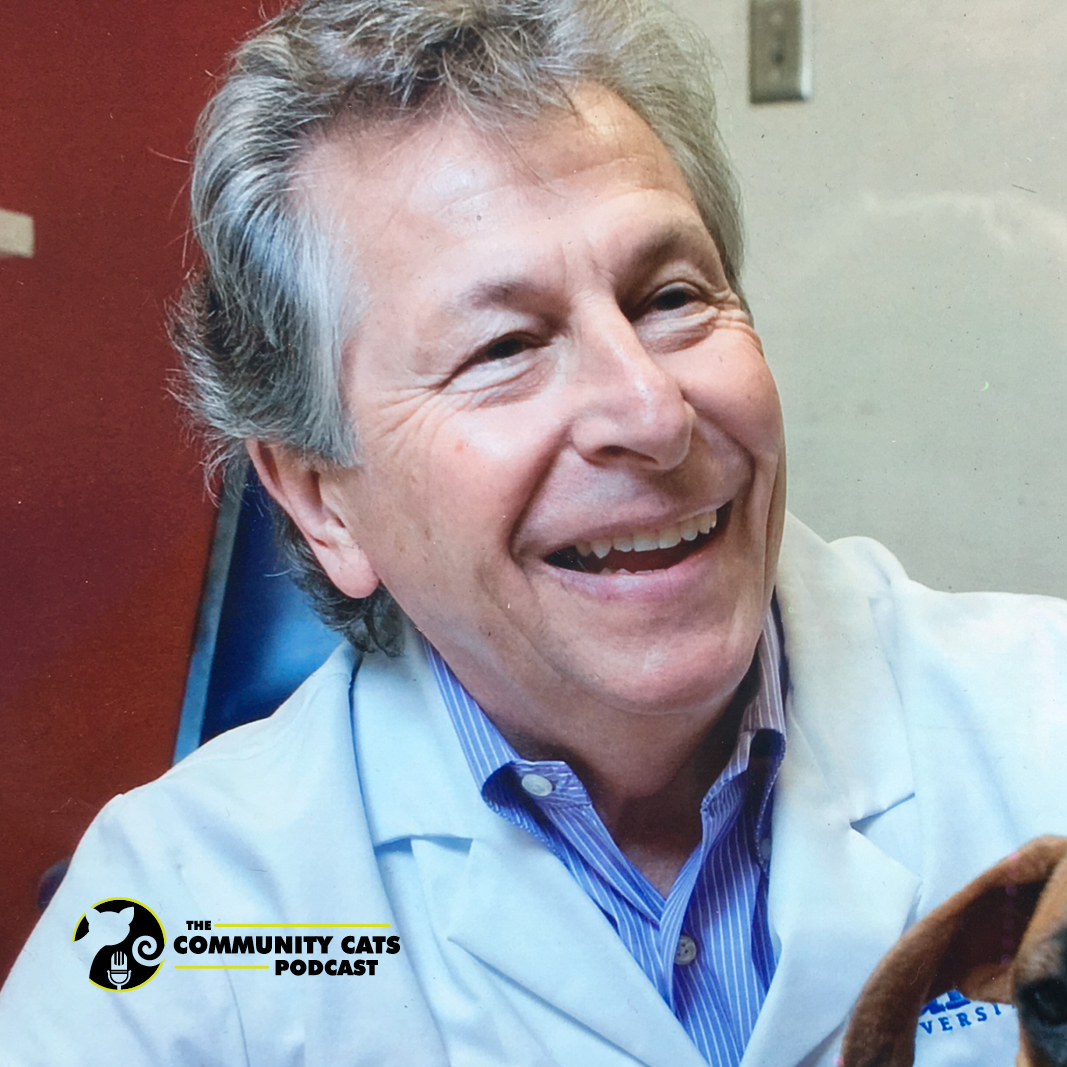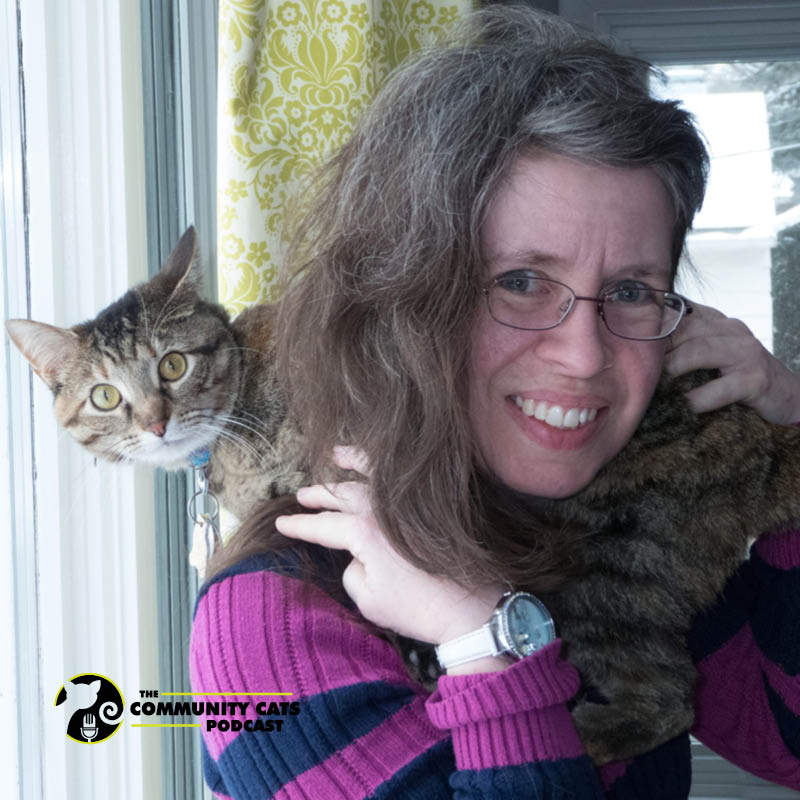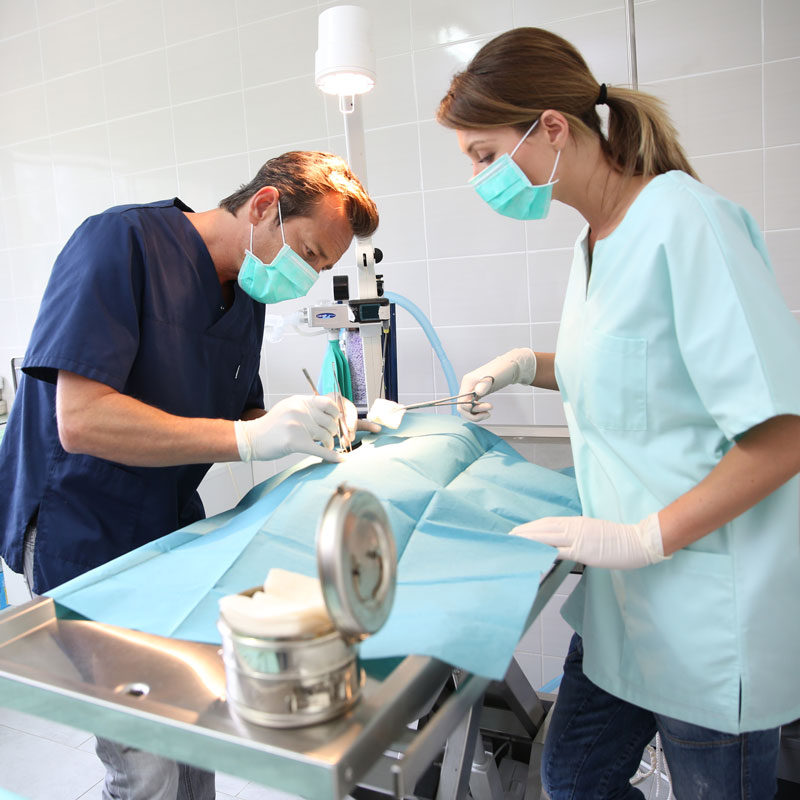
Dr. Nicholas Dodman, BVMS, DVA, DACVAA, DACVB, Professor Emeritus—Tufts University, Author, and Co-founder of the Center for Canine Behaviour Studies
October 19, 2021
Alison Hunter Frederick, Cat Behavior Consultant and Trainer
October 26, 2021
Original article by Kerry Bartoletti, Protectors of Animals & Connecticut Statewide Leader | USpA Published Oct 19, 2021
SPAY Connecticut and POA SPAY Spay/Neuter Clinic are both programs of Protectors of Animals, Inc. (POA). The mission of POA is to increase the quality of life of all dogs and cats in the communities we serve. This includes:
- reducing the number of stray animals in Connecticut through spaying/neutering programs
- increasing community awareness of the importance of spaying/neutering, as well as providing information about proper pet care throughout all stages of an animal’s life – a critical component to ending animal overpopulation and homelessness
- humanely reducing the populations of community and feral (unsocialized) cats through the strategy of Trap-Neuter-Return (TNR)
Just as staffing challenges are affecting so many clinics and private practices throughout the country, POA SPAY has struggled to fill medical staff positions, including the full-time surgeon position. This has impacted our goal to reach five surgery days per week, and even to have one surgeon in for three consecutive days.
We discovered a trend among our applicants for the surgeon position – most applicants wanted to work one to two days per week and be free to take advantage of some of the higher per diem/relief veterinarian rates being offered in our state, enjoy a different lifestyle after the stresses of COVID-19, AND learn the surgery skills needed in a high-quality, high-volume spay/neuter (HQHVSN) surgeon.
Fortunately, our surgeon who was doing three surgery days per week enjoys teaching the skills needed for a spay/neuter clinic surgeon and welcomes any qualified applicants who want to train. This has helped us build a team of per diem surgeons (while still trying to attract a lead). The training can slow us down on some days, so we do reduce numbers on training days. However, once our surgeon is comfortable with the per diem surgeon’s training, the trainee takes the lead performing dog and female cat surgeries while our surgeon does male cat surgeries. This allows us to increase our numbers by adding male cats on the days they are both working.
Currently, our per diem surgeons include a retired veterinarian who wants to be able to sail on his sailboat as much as he can but wants to give back to the community, two younger veterinarians who want to improve their skills and take it into private practice for per diem work, a veterinarian with younger children who want to be more involved in their activities, and an active-duty military veterinarian who still gets called out to duty but wants to maintain at least one day per week and train other interested veterinary surgeons. While we feel having a surgeon committed to at least three days each week is still a goal, we are trying our best to make our clinic work in the new world in which we must function!




